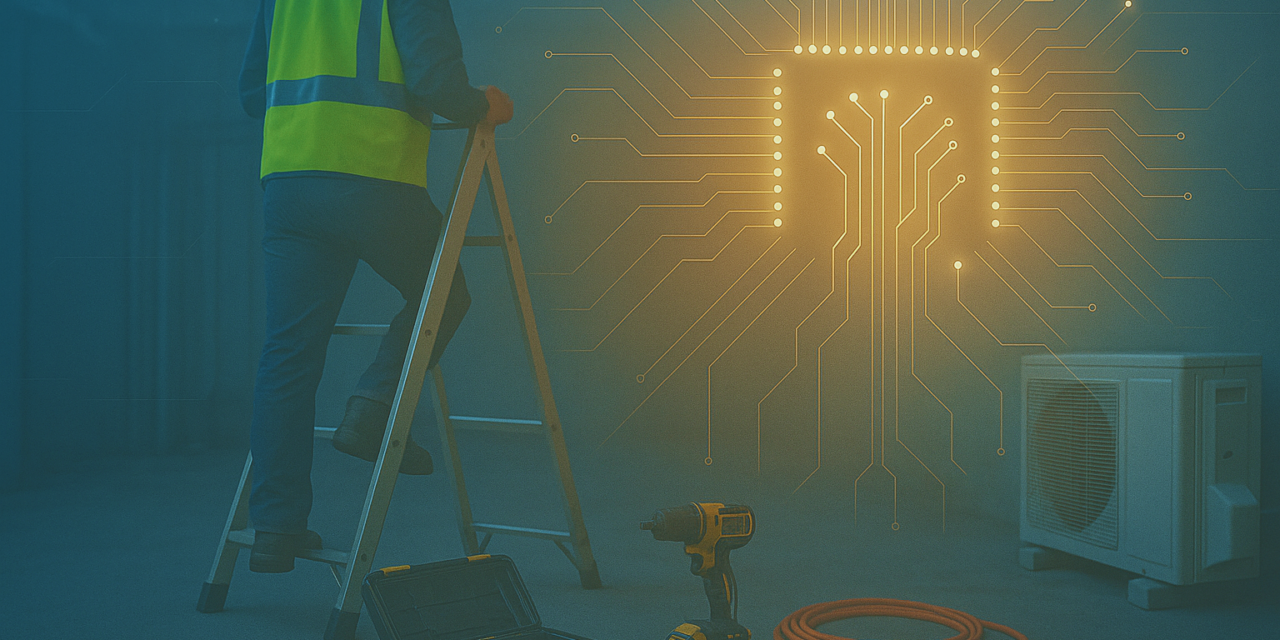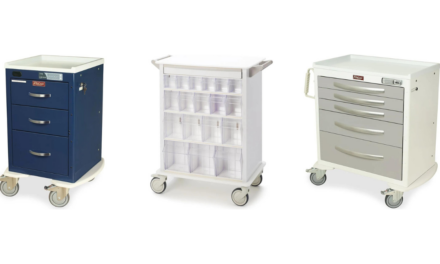In assisted and independent living, comfort drives satisfaction. When apartments are too hot or repairs take too long, it affects not just resident experience but also long-term trust and occupancy. To stay ahead, communities are embracing AI and automation, not only to improve daily comfort, but to manage costs more effectively and give staff the tools to lead with confidence.
The impact of building management on daily life
The feel of a community often comes down to the details, such as temperature and lighting. When these systems run smoothly, residents are more comfortable, and operators can better manage one of their largest expenses: facility operations.
That’s why many operators use AI solutions to optimize efficiency and reduce waste. Tools like the TELS® Platform support preventive maintenance, real-time issue tracking, and faster work order resolution, helping ensure comfort and safety stay consistent.
How AI enhances comfort and efficiency in senior living
Artificial intelligence in senior care operations extends far beyond clinical applications; it’s becoming a cornerstone of how modern senior living communities operate. By turning building data into real-time insights, AI solutions help leaders create environments that are more comfortable and reliable every day.
Energy optimization
AI-enabled energy management systems monitor HVAC, lighting, and water use to balance comfort with efficiency. Smart adjustments to temperature and ventilation keep residents comfortable while minimizing energy waste, helping communities achieve both sustainability goals and cost savings.
Preventative maintenance
Through predictive analytics, AI detects small shifts in equipment performance that signal potential issues before they become costly failures. This proactive insight allows maintenance teams to schedule service in advance, avoiding resident disruptions and reducing emergency calls. Over time, this approach builds a more stable operation, protecting asset life while reinforcing financial and operational consistency.
“When systems go unchecked, small issues become expensive problems. Smart tech gives you the foresight to act before failure which reduces emergency costs, increases uptime, and protects your margins.”
Communities actively using TELS® asset management features have experienced a 14% reduction in emergency service calls*, proof that proactive maintenance drives measurable results.
Smart work order automation
AI can analyze incoming maintenance requests and prioritize them by urgency and safety impact. This helps ensure that high-priority issues, such as HVAC failures or water temperature variances, are addressed first, while routine tasks are efficiently scheduled. CMMS (Computerized Maintenance Management System) software like TELS Platform already helps teams streamline this process, reducing delays and improving overall responsiveness.
Robotic and automated cleaning systems
Automation in housekeeping is transforming the consistency and reliability of environmental services. AI-powered tools, including TELS® Housekeeping, help communities standardize daily cleaning tasks, balance staff workloads, and maintain high quality across every room and shift. Robotic vacuums and smart disinfection systems maintain high standards of cleanliness while easing the workload on staff, a major advantage amid ongoing labor shortages. The result is a safer, cleaner environment that boosts both resident satisfaction and staff morale.
Together, these applications show how AI and automation tools quietly improve quality of life behind the scenes. When buildings run smoothly, residents feel the difference. A consistent sense of comfort and cleanliness, supported by dependable service, contributes to a more welcoming and dignified living experience.
Benefits for staff and residents
Automation frees staff from constant troubleshooting, giving them more time for meaningful engagement and proactive planning. Predictive insights help maintenance teams prevent small issues before they become disruptions; while housekeeping automation tools help ensure consistent cleanliness.
For residents, these advancements translate into steady comfort, faster service, and a sense of reliability that builds trust.
This blend of AI use in buildings operations and technology for seniors reinforces a simple truth: when systems run smoothly, people thrive.
Challenges of adoption in senior living
Even with clear benefits, implementing new technology in senior living takes thoughtful planning. Each challenge offers a chance to build a smarter foundation for the future.
Aging infrastructure
Many communities rely on legacy systems that weren’t built for digital integration. Modernizing doesn’t require a complete overhaul; small, strategic upgrades make an immediate impact. Start by connecting key systems like HVAC or water management to tools such as TELS Platform for real-time monitoring and insight.
“Consistent compliance isn’t just a regulatory box to check, it’s a key competitive advantage. When your infrastructure and processes proactively ensure compliance, you not only reduce risk but preserve your reputation, pricing power, and long-term occupancy.”
Data accuracy and readiness
AI is only as reliable as the data behind it. Standardizing preventive maintenance, inspection tracking, and asset logs help communities strengthen their data foundation and generate more accurate, actionable insights.
Cultural adoption and team confidence
Introducing new technology takes collaboration and trust. Engaging staff early helps teams see how automation supports their expertise. Celebrating small wins like fewer emergency calls and faster response time builds momentum and confidence. Over time, teams see how AI applications support their expertise and simplify daily operations.
The future of AI in senior living communities
Future trends in senior care point toward fully connected ecosystems. Senior living technology solutions will increasingly integrate energy management, housekeeping automation, and asset data into unified dashboards, giving leaders a complete picture of building performance and operational efficiency.
With tools like TELS Platform and AI-driven analytics, communities can respond more effectively to everyday challenges by aligning operational data with real-time decision-making, improving both the resident experience and staff performance.
The bottom line
With smarter insights and stronger outcomes, the benefits of AI in senior living are becoming increasingly clear. Communities that adopt AI-driven building management today are creating a foundation for lasting comfort, efficiency, and resident satisfaction.
At Direct Supply, we’re committed to transforming innovation into practical solutions to help senior living teams run more smoothly with tools that support safer, more efficient, and more welcoming environments for residents and staff alike.




